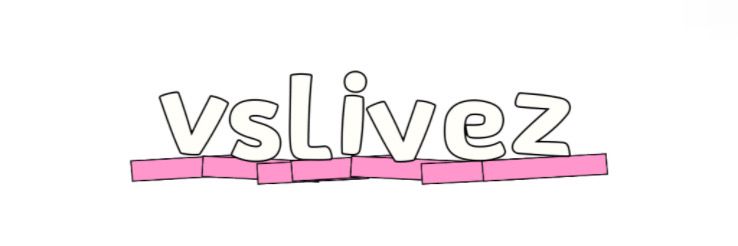Benefits of Rubber Weirs for Water Management in Colombia
Jul. 18, 2025
In recent years, the importance of efficient water management has come to the forefront in Colombia, as this country grapples with various challenges related to water distribution and flood control. Rubber weirs have emerged as an innovative solution to these issues, offering a range of benefits that can significantly enhance water management processes.
If you are looking for more details, kindly visit rubber weir for Colombia.
One of the key features of rubber weirs is their flexibility. Unlike traditional concrete or wooden weirs, rubber weirs can adapt to varying water levels and flow conditions. This flexibility allows for precise control of water levels in rivers and irrigation systems, ensuring that water is conserved during dry spells while also providing flood mitigation during heavy rains. The design typically includes inflatable rubber bladders that can be filled with air or water, enabling easy adjustments to the weir height according to real-time conditions.
Another notable advantage of rubber weirs is their low environmental impact. The materials used in the construction of rubber weirs minimize habitat disruption for aquatic life, a concern often associated with rigid structures. Additionally, the installation process is relatively quick and less intrusive, allowing for a rapid deployment that does not significantly alter natural waterways. This is especially important in Colombia, where preserving biodiversity and managing ecosystems can be highly sensitive matters.
Rubber weirs are also known for their cost-effectiveness. The installation and maintenance costs tend to be lower when compared to traditional structures. Given their durable material, rubber weirs can withstand harsh weather conditions and require less frequent repairs. This ultimately translates to reduced operational costs for local governments and water management agencies. Furthermore, the ease of installation results in lower labor costs, which is a critical consideration for resource-constrained regions.
In terms of functionality, rubber weirs are equipped with advanced monitoring systems that enhance their overall efficiency. By incorporating flow meters and level sensors, operators can track water movement in real time. This data enables better decision-making for water allocation, flood prevention, and overall management strategies. These technological advancements not only increase operational effectiveness but also contribute to sustainable water resource management practices in Colombia.
Another significant feature of rubber weirs is their versatility. They can be used in a variety of applications, including irrigation management, park and recreational area development, and urban flood control efforts. This adaptability makes them suitable for different contexts, whether in rural agricultural settings or urban environments facing the threat of flooding. Their multi-functional capability ensures that investment in rubber weirs meets various water management needs, thus providing a robust solution.
Moreover, the aesthetic appeal of rubber weirs cannot be overlooked. With customizable shapes and colors, these structures can blend seamlessly into their surroundings. This is particularly beneficial when considering community acceptance and environmental aesthetics, which can often be a point of contention in water management projects. By focusing on improving visual appeal, stakeholders can garner more support from local communities, ensuring smoother project implementation.
Looking to the future, the role of rubber weirs in water management in Colombia is poised to expand, especially as climate change continues to exacerbate water-related challenges. As more stakeholders recognize the benefits of this innovative solution, we can expect an increase in the adoption of rubber weirs in various projects across the country. This shift will not only improve water management efficacy but will also support Colombia’s long-term sustainability goals.
In conclusion, rubber weirs represent a significant advancement in water management technology for Colombia. With their flexibility, low environmental impact, cost-effectiveness, and multifunctionality, they provide an array of benefits that cater to both current and future water management challenges. Stakeholders and decision-makers are encouraged to consider the implementation of rubber weirs to optimize water systems and enhance community resilience in the face of changing environmental conditions.
Contact us to discuss your requirements of durable multipurpose dams. Our experienced sales team can help you identify the options that best suit your needs.
77
0
0


Comments
All Comments (0)